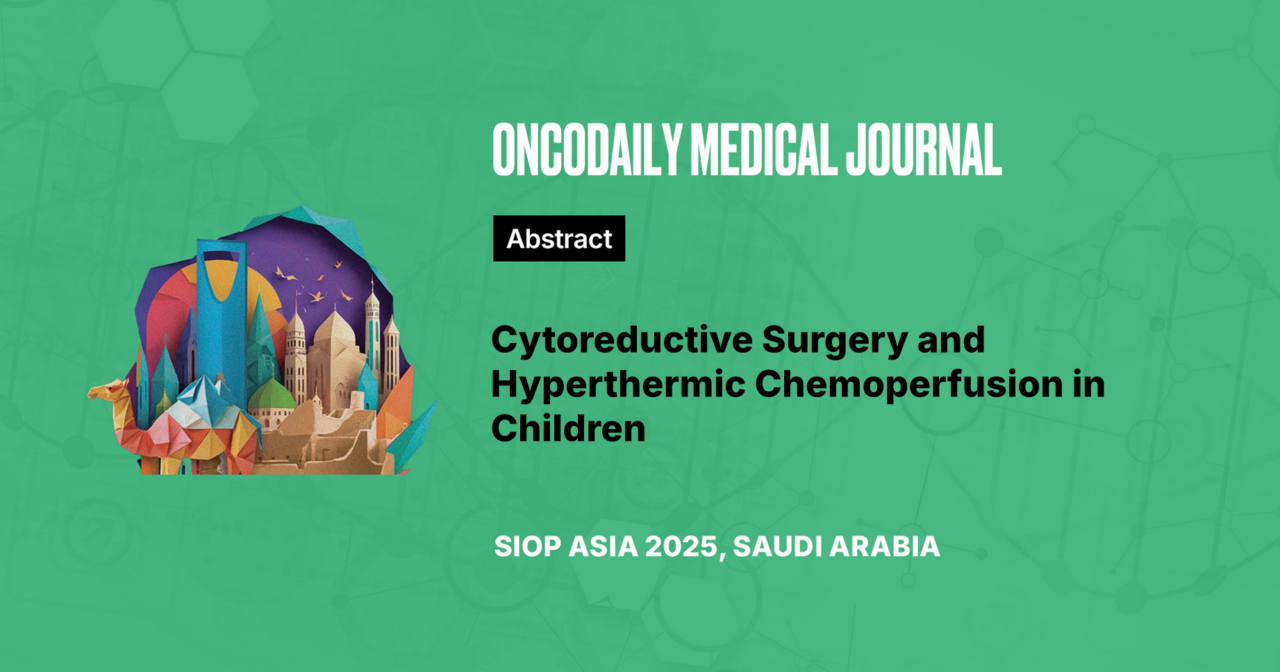Cytoreductive Surgery and Hyperthermic Chemoperfusion in Children
Abstract
Introduction: Disseminated tumor processes in the abdominal and pleural cavities in malignant tumors worsen the prognosis of the underlying disease. Performing cytoreductive surgery followed by hyperthermic chemoperfusion has proven to be a method of local disease control for peritoneal and pleural carcinomatosis and sarcomatosis in adult practice. In recent years, this method has been gaining popularity in domestic and international pediatric oncology practice.
Methodology: From April 2021 to August 2024, 23 cytoreductive surgeries with subsequent hyperthermic chemoperfusion were performed, of which 21 (91.3%) were in the abdominal cavity, 2 (8.7%) in the chest, and in 3 (13%) patients, the procedure was performed entirely laparoscopically. The average patient age was 147 months (22-214 months), with a median of 168 months. Procedures were performed for the following histological tumor types: desmoplastic small round cell tumor (n=6), DICER-1-associated sarcoma (n=3), nephroblastoma (n=2), embryonal rhabdomyosarcoma (n=2), synovial sarcoma, rhabdoid tumor, BCOR-sarcoma, mesothelioma, undifferentiated sarcoma, hepatocellular carcinoma, undifferentiated embryonal sarcoma of the liver, myxoid pleomorphic liposarcoma, neuroendocrine tumor, and germ cell tumor (n=1).
Results: In the studied group, 3 (13%) patients died from disease progression, 1 (4%) died in the early postoperative period due to surgical complications, and 3 (13%) children experienced progression/recurrence of the primary disease. The remaining 16 (69%) patients are in remission or continue protocol treatment. Postoperative complications were observed in 10 (43%) patients, of which 5 (21%) were surgical, 4 (17.3%) of infectious origin, and 1 (4.3%) toxic.
Conclusions: Hyperthermic chemoperfusion, as an isolated method of local control, has proven to be a safe procedure with low systemic toxicity in children, as most complications are associated with tumor extent and surgical intervention volume. More patients and longer follow-up are required to evaluate oncological effectiveness.





